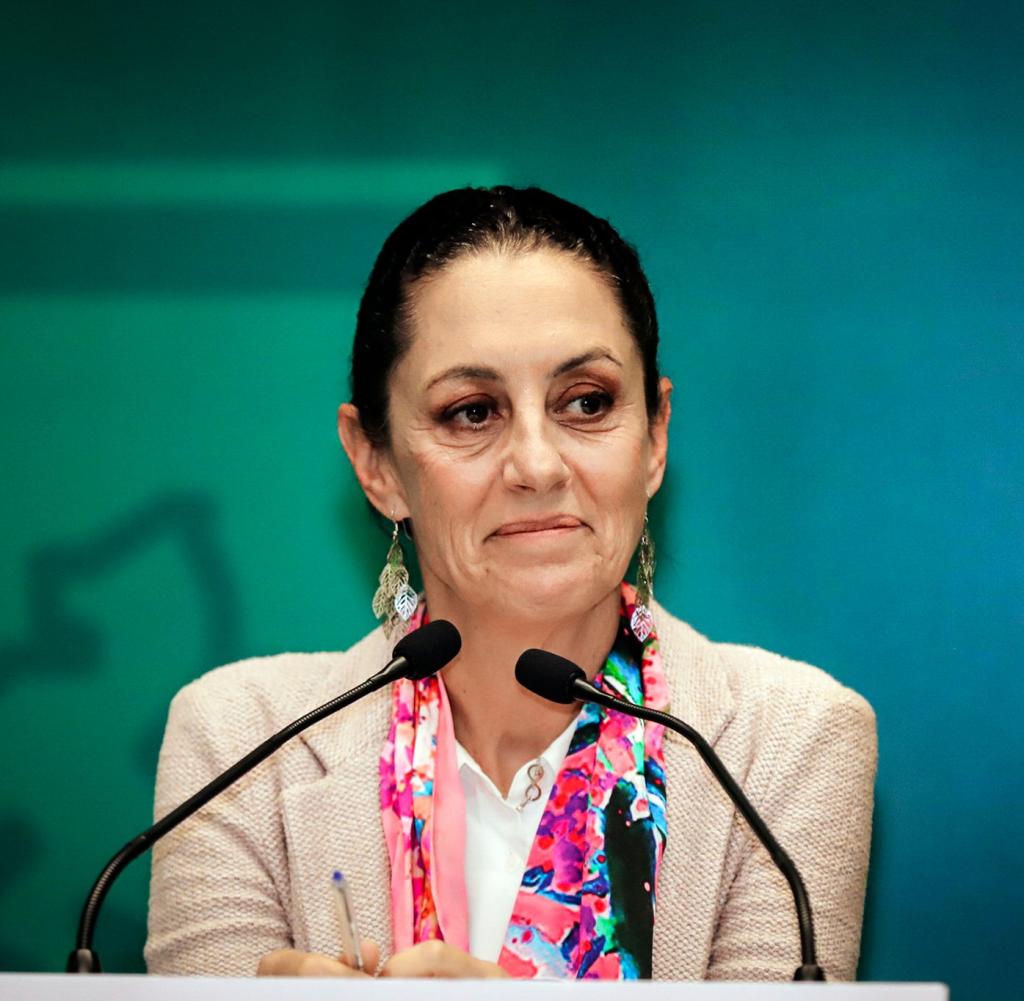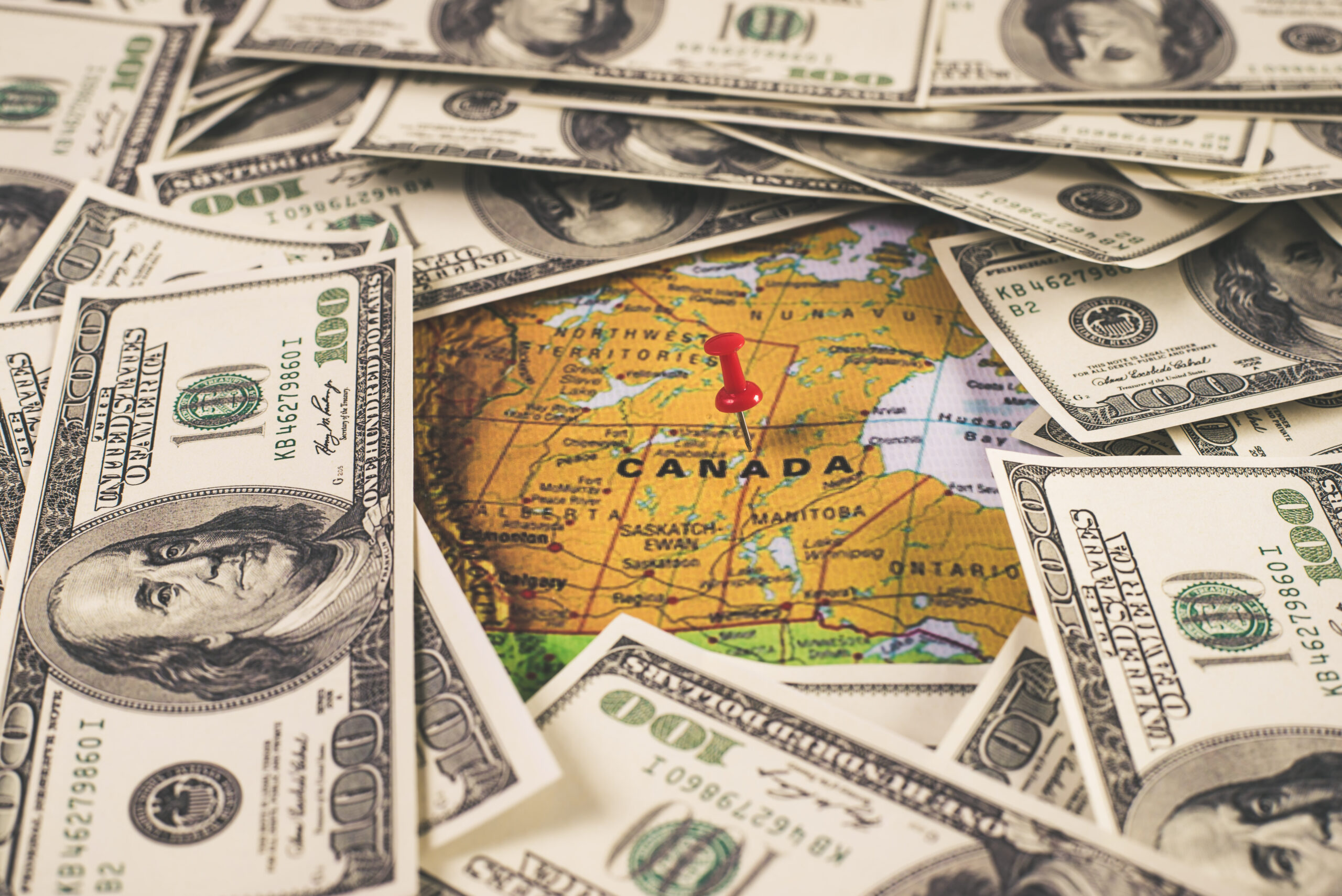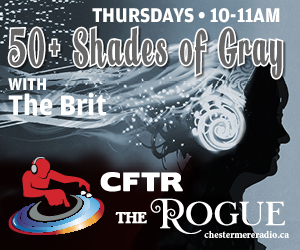In the past three months, I diagnosed and treated a few patients with shingles. Many patients have asked me if they should get the shingles vaccine. Therefore, I decided to present you the facts of shingles and shingles vaccine to help you make the decision.
Shingles is a painful rash caused by the chickenpox virus. Once people get chickenpox, the virus lies inactive in nerve tissue near the spinal cord and brain. When the immune system becomes weak, the chickenpox virus will become active and cause shingles.
The symptom of shingles begins with a tingling sensation or pain in the skin without a rash. The rashes appears a few days later as strips of small red bumps with blisters in the centre. It almost always happens on one side of the body along the spinal nerve distribution. The most common site is the torso, but it can appear on the face, eyes and ear. Most patients suffer from severe nerve pain; some experience vision loss, hearing loss, headache and vertigo. The rash usually heals within two to four weeks, some patients suffer from residual nerve pain for months or years, a condition called postherpetic neuralgia.
Increasing age increases the incidence and morbidity of shingles. About 1 out of 3 people will get shingles in their lifetime. While the incidence for shingles is approximately 4 cases per 1000 population annually. The incidence among people 60 years of age and older increases to 10 cases per 1000 population annually.
The shingles vaccine is considered the most effective way to reduce incidence of herpes zoster and postherpetic neuralgia. Shingles vaccine, called Zostavax, contains live, attenuated varicella-zoster virus in an amount that is approximately 14 times greater than that found in the varicella virus (i.e., chickenpox) vaccine . Herpes zoster vaccine is recommended for most people who are 60 years or older. People only need one dose in their lifetime,
Many people concern about the safety of the vaccine. Research showed although there was increased risk of local allergic reactions (such as redness, swelling, and/or tenderness) at the site of the injection from 1 to 7 days after a patient receives the vaccine, there was no increased risk for strokes, cardiovascular events, meningitis, encephalitis, encephalopathy, Ramsay-Hunt syndrome, and Bell palsy. No increasing risk of varicella like or zoster like rashes observed either.
Shingles vaccine decreases the occurrence of herpes zoster by approximately 50 percent, it also prevents postherpetic neuralgia by approximately 66 percent. For those who still get shingles after being immunized, the vaccine can reduce the severity and duration of the pain.
The price of herpes zoster vaccine is approximately $200. While Alberta Senior’s Blue Cross does not cover this vaccine, some private insurance plans cover it.
Shingles vaccine should not be used in patients who are immunosuppressed due to medical condition or medical treatment such as HIV, Hodgkin’s lymphoma and bone marrow transplants patients. Pregnancy and breastfeeding are contraindication to the vaccine too.Please delay the vaccine if you have a fever > 38.5 degree.
The treatment for active shingles includes oral antivirus, pain medication and oral steroid. Antivirus works the best if started during the first 72 hours of the rashes. Therefore, please see your physician as soon as the rash appears for better pain control and prognosis.
In summary, the shingles vaccine (Zostavax) is recommended for adults age 60 and older, whether they’ve already had shingles or not. The vaccine decreases the incidences of shingles and postherpetic neuralgia. The optimal treatment time is within 72 hours of onset of the rash.
* References from the patient education material of AAFP and CDC.











